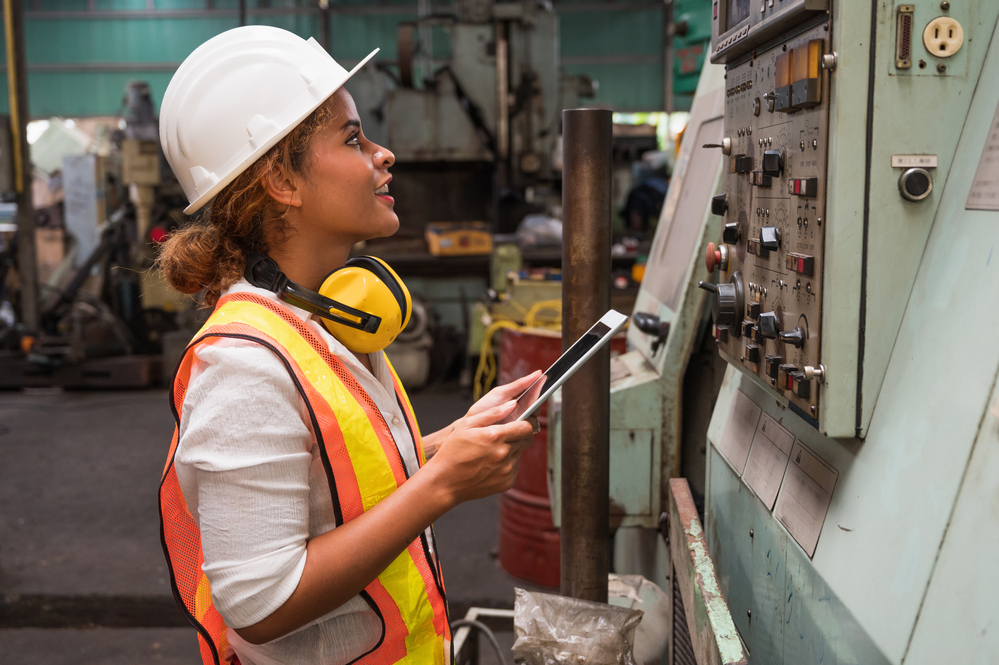
Having worked together on an exclusive new Field Service News White Paper, Kris Oldland joined Martin Knook, CEO of Gomocha, to discuss the challenges and benefits of the centralized and decentralized approaches to field service.
In this engaging, long-form discussion, the two discuss the modern tools available to field service organizations as we see the emergence of next-generation field service management software and how combining both centralized and decentralized approaches to field service is increasingly possible.
In this excerpt, the discussion focuses on the role remote service tools such as IoT and Augmented Reality will play in decentralizing centralization. Are these the tools that will unlock a new approach to field service strategy?
This interview is part of the FSN PRO library of premium content. It is available in FSN’s free subscription tier FSN FREE. Make sure you log in to view the complete whitepaper and videos.
TRANSCRIPT
The following is an excerpt from Field Service News’ video: Interview: Centralizing Decentralization, featuring Martin Knook, CEO, Gomocha
Kris Oldland: What’s your thought layer? In terms of where remote service sits in this, because I think that’s going to be a very big conversation for the industry in the next year or two years? Where does remote sit alongside field service? Is it? Does it sit in parallel? Is it auxiliary? Is it’s another layer? How do we bring them together and let’s preface that in this conversation of where we are looking at these multiple models, where we’re looking to build the best,
Martin Knook: I started with the kind of sensor, robots inspecting and collecting data and having artificial intelligence model making positions for you; what most likely scenarios, root cause are, and prepare all that. That’s already a big chunk of the service you provide. But that’s all remote surfaced, because now you don’t have to send anyone to figure out what the problem is because you already knew it. You basically know the problem to come in, in the near future, so you can start to anticipate. So that’s already a piece of remote services, that I think can automated, digitalized completely for most businesses. If you kind of go into more a break-fix situation, a scenario where you need to resolve, there is an element that we should not overlook. It really depends for a fair amount of how digital your asset is. How much of physical materials are needed for the asset to operate. Not to go into the extreme, but one of my customers is distributing and selling services, printer equipment. And there is only a certain amount of service they can provide through their digital settings. So, they can basically do everything remote, when it comes to the digital part of their printer installation that they have on site. When it really comes to parts being broken, spare parts being needed. That’s where most of the cases you need a subject matter expert. Someone with the right knowledge. Someone with the screwdriver or someone with the skill sets to do whatever it is. And that’s where a boundary is. And that’s for an elevator manufacturer, it’s probably different for any other business.
But it’s really the key question is remote service for the second portion of what we’re discussing here is how much can you really do, how big is the digital component in the asset that you have? And how big is the physical components of the assets that you need to service? That’s where the success rate will vary. So, the game of that printer company, they have made a tremendous improvement in their service outcome by just allowing more of their digital updates and fixes and configuration management being done remotely. Then, because that’s the majority of where their errors can be kind of resolved and they made their assets easier to operate for the customer in the end, to have the customer fix problems themselves instead of simply waiting for someone on the road, in traffic, coming down to do something very simple. But then analysis and how can you do that that’s really the success driver for your remote service provider. I see most of the customers and companies I talk to is where I see the preparation work becoming more and more important. So instead of taking a call and sending someone out, they strategically start to do more desk research and do a little bit more preparation within their field service management solution to make the right information and the right kind of scenarios available for the field service engineers. So, the preservice efforts are increasing.
End of Transcript
This blog was originally posted on the Field Service News blog, Do Remote Tools Empower Decentralized Service?
